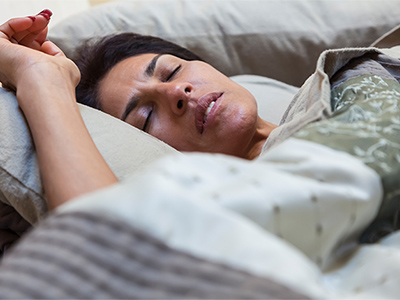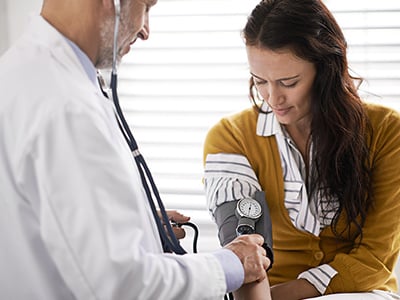It’s important to recognise the symptoms of sleep-disordered breathing (SDB), obstructive sleep apnea (OSA), central sleep apnea (CSA) in patients.
One of the most recognisable symptoms of obstructive sleep apnea is snoring, even though many patients ignore this sign or fail to recognise it as a symptom of a more serious condition.
As well as snoring, symptoms of sleep-disordered breathing may include:
If your patient presents with any of these symptoms, it’s important to talk to them about SDB and recommend a sleep test.
These symptoms can also be caused by other conditions so accurate diagnosis is important.
If symptoms of sleep-disordered breathing are observed in a child, it’s important to either refer the child to a paediatric sleep physician and/or recommend a sleep test to determine whether he or she has a breathing disorder. Find out how to request a sleep test.

There are three types of sleep apnea: Obstructive Sleep Apnea (OSA), Central Sleep Apnea (CSA) and mixed or complex sleep apnea. Each type has distinctive characteristics that enable diagnosis.

When left untreated, patients with SDB have an increased risk of developing serious chronic diseases such as cardiovascular disease and type 2 diabetes. A significant number of patients with COPD also have SDB.

ResMed gives you the tools to screen your patients for sleep-disordered breathing, request a sleep study, and get them diagnosed.
Gislason T, et al. Chest. 1995
Gislason T, et al. Chest. 1995
Castronovo V, et al. J of Pediatrics. 2003